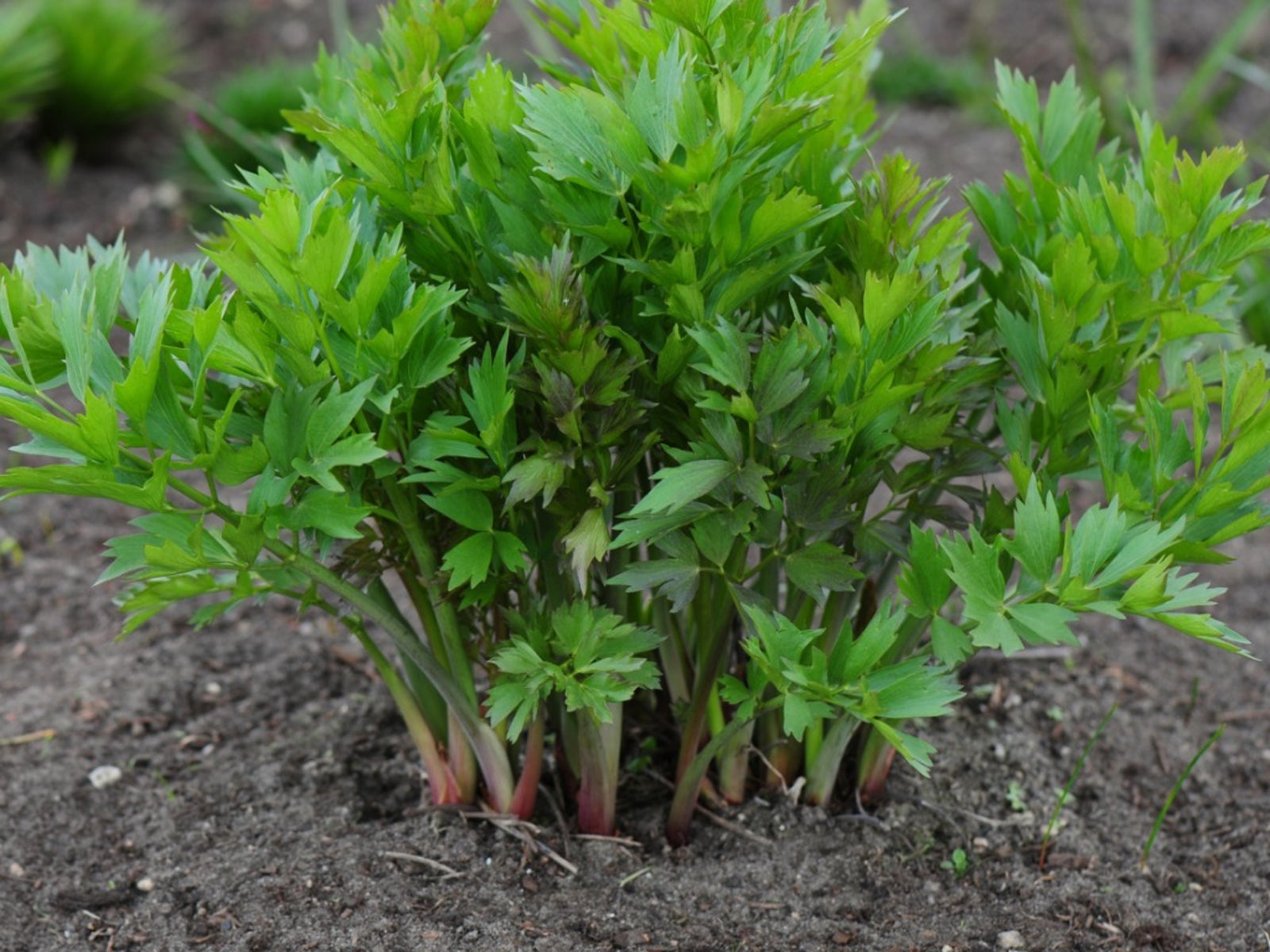Lovage Plant Illness: How To Manage Diseases Of Lovage Plants


Lovage is a hardy, perennial herb native to Europe but naturalized throughout North America too. It is especially popular as an ingredient in southern European cuisine. Since gardeners who grow it depend on it for cooking, it’s especially sad to see it showing signs of disease. Keep reading to learn more about bacterial and fungal problems affecting lovage and how to treat a sick lovage plant.
Common Diseases of Lovage
On the whole, lovage plants are relatively disease free. There are, however, a few common diseases that can strike. One such disease is early blight. It can usually be prevented by applying Trichoderma harzianum to the soil before planting in the spring. Good air circulation and three year crop rotation is also helpful. If your lovage is already growing, spray a solution of water and baking soda on the leaves as a preventative measure. Another common lovage disease is late blight. This can usually be prevented by keeping leaves as free of moisture as possible. Applications of compost tea may also help prevent the disease. In the cases of both diseases of lovage, immediately remove and destroy plants that are already exhibiting the illness. At the end of the season, remove any debris left from infected plants. Leaf spots are another common problem. These can usually be prevented by mulching and spraying a baking soda solution on the leaves.
Lovage Plant Illness from Other Means
While there are some lovage herb diseases, often plant problems come from bad growing conditions rather than pathogens. These physiological problems include extremes in water, light, and nutrients. If your lovage plant seems to be suffering, it is more likely that one of these is the real culprit. Aphids, too, are a real problem with lovage plants. If your plant is looking sickly, check first for an aphid infestation.
Sign up for the Gardening Know How newsletter today and receive a free copy of our e-book "How to Grow Delicious Tomatoes".

The only child of a horticulturist and an English teacher, Liz Baessler was destined to become a gardening editor. She has been with Gardening Know how since 2015, and a Senior Editor since 2020. She holds a BA in English from Brandeis University and an MA in English from the University of Geneva, Switzerland. After years of gardening in containers and community garden plots, she finally has a backyard of her own, which she is systematically filling with vegetables and flowers.